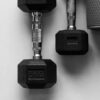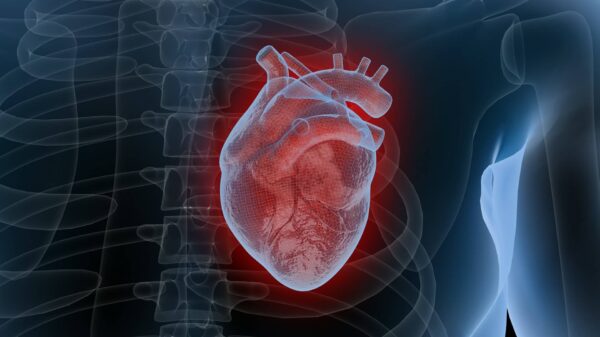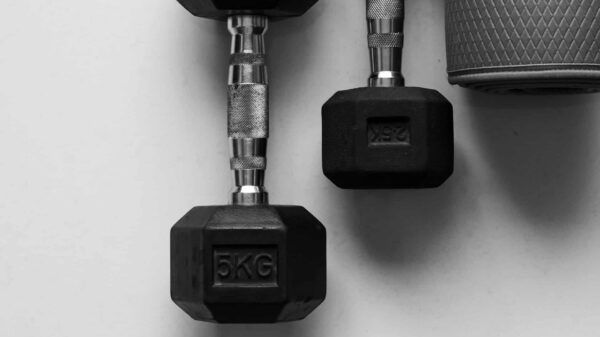Did you know that a considerable proportion of older adults deal with at least one chronic health condition? The good news is that adopting a healthy diet can significantly impact overall well-being. Mindful food choices are essential for preventing or managing many common age-related health issues. In this article, we’ll explore how proper nutrition supports healthy aging and provide practical tips for maintaining a balanced diet as you embrace your later years. Let’s get started!
How Aging Influences Nutritional Requirements
As we grow older, our bodies undergo numerous changes that affect how we digest food, absorb nutrients, and convert energy. One of the most significant changes is a slower metabolism, which means our caloric needs decrease.
Despite this reduction in calorie intake, our bodies still require a diverse array of essential nutrients. Older adults may face challenges such as a reduced sense of taste, difficulties with chewing, or variable appetite, which can hinder meeting their nutritional needs.
This underscores the importance of focusing on nutrient-dense foods. By emphasizing wholesome foods that are rich in nutrients, you can successfully navigate aging in a balanced and sustainable way.
Nutrients Essential for Healthy Aging
To keep your body strong and feeling its best, incorporating specific nutrients into your meals is crucial. Fiber, for example, is vital for digestive health and reducing heart disease risk. Meanwhile, protein plays a protective role in building and preserving muscle, which is essential for preventing falls and injuries.
Healthy fats, especially omega-3 fatty acids, support brain function and decrease inflammation. Foods like salmon, walnuts, and flaxseeds are excellent sources of these beneficial fats. Additionally, consuming plenty of fruits and vegetables adds vital vitamins and antioxidants to your diet, which protect your cells and enhance your immune system.
It’s not just about what you eat but also the variety of foods you choose that helps your body remain healthy, active, and alert.
Creating a Healthy and Balanced Diet
Start your day with a nutritious breakfast that includes whole grains, fresh fruit, and a protein source, such as eggs or yogurt. For lunch, consider a colorful salad loaded with leafy greens, a variety of vegetables, and a lean protein like chicken or beans. For dinner, aim for a balanced plate with fish, brown rice, and a mix of steamed vegetables.
Don’t forget the importance of hydration! As we age, our thirst signals may decrease, making it important to drink water throughout the day. Staying well-hydrated not only optimizes your bodily functions but also benefits your skin and joints.
Also, think about your snacking choices. Opt for healthy snacks like fresh fruit, nuts, or whole grain crackers with cheese. It’s advisable to avoid snacks high in sugar or unhealthy fats, and to limit salty foods.
Remaining Active and Engaged
Eating well is just one component of maintaining a healthy lifestyle in later years. Staying active is equally important. Simple, light activities—such as walking in your neighborhood or engaging in gentle stretching—can greatly improve your strength, balance, and mood. When you’re active, your body becomes more efficient at processing the nutrients from your meals.
Moreover, keeping your mind engaged is just as crucial. Consider picking up a book, solving puzzles, or learning something new. Take time to connect with friends or join social groups—these interactions can elevate your spirits and improve your overall quality of life.
Start Your Healthy Aging Journey
Embracing good nutrition is one of the best ways to take care of yourself as you age. A healthy diet not only helps prevent illness but also boosts your energy and nurtures both body and mind. By prioritizing nutrient-rich foods and maintaining an active lifestyle, you can lead a vibrant and fulfilling life.
Make your health a priority today. The thoughtful choices you make now will contribute to a brighter, healthier future for years to come.
If you’re interested in learning more, check out our blog, packed with insights just for you!
Image Source: Unsplash





























